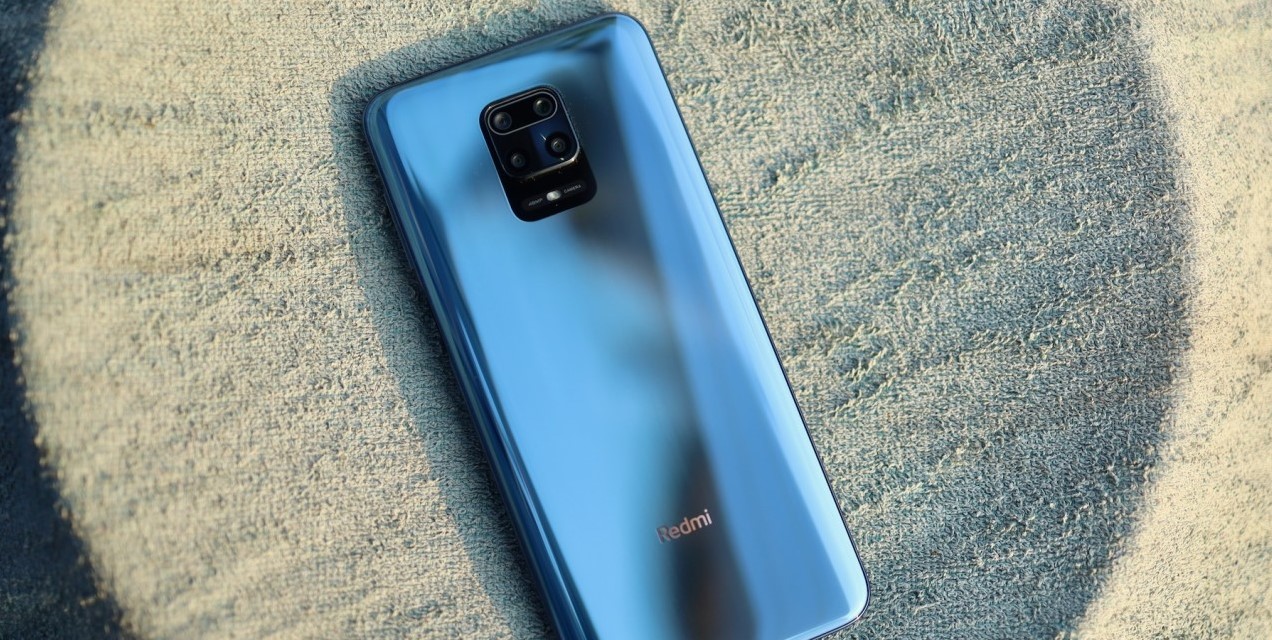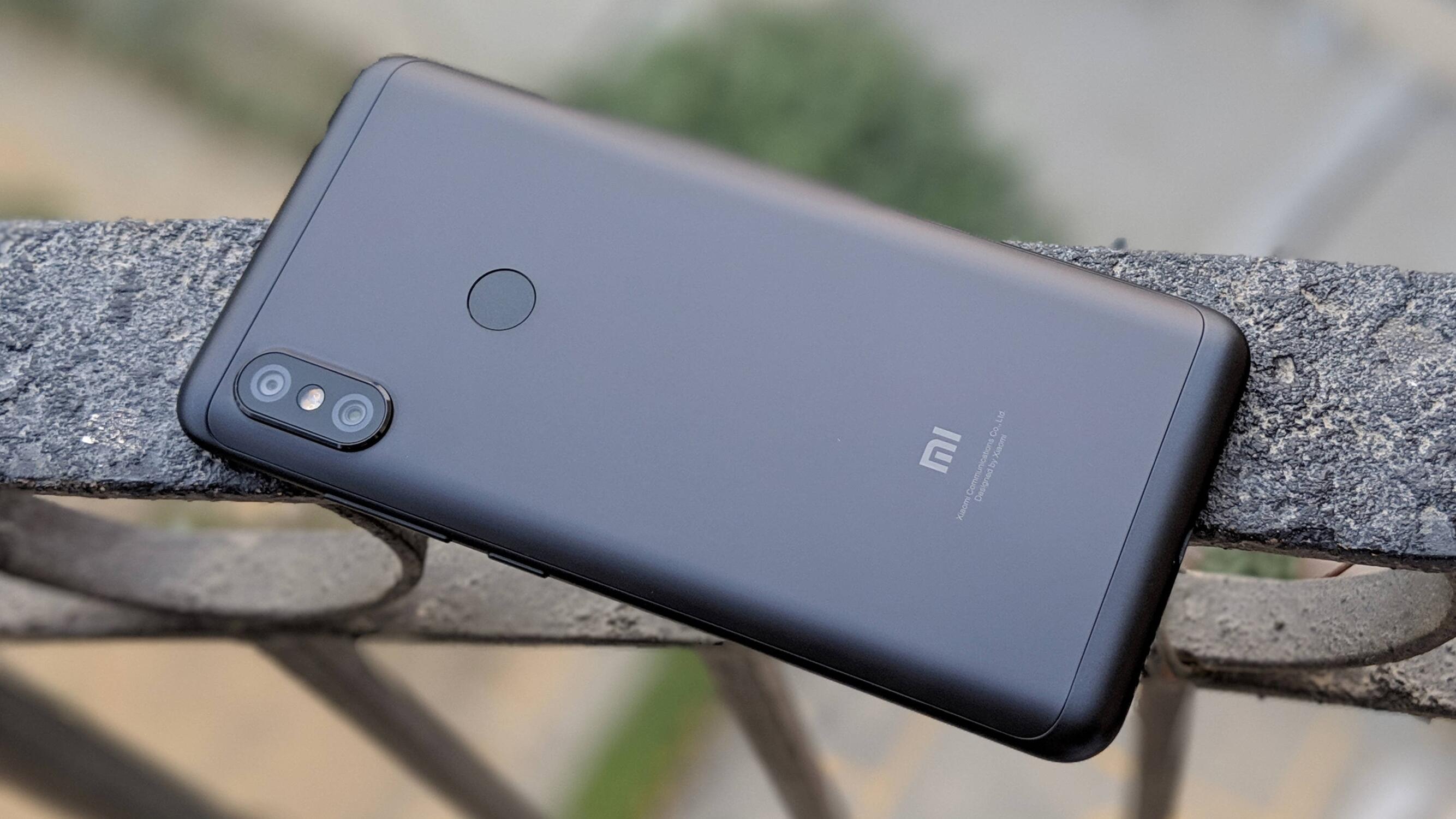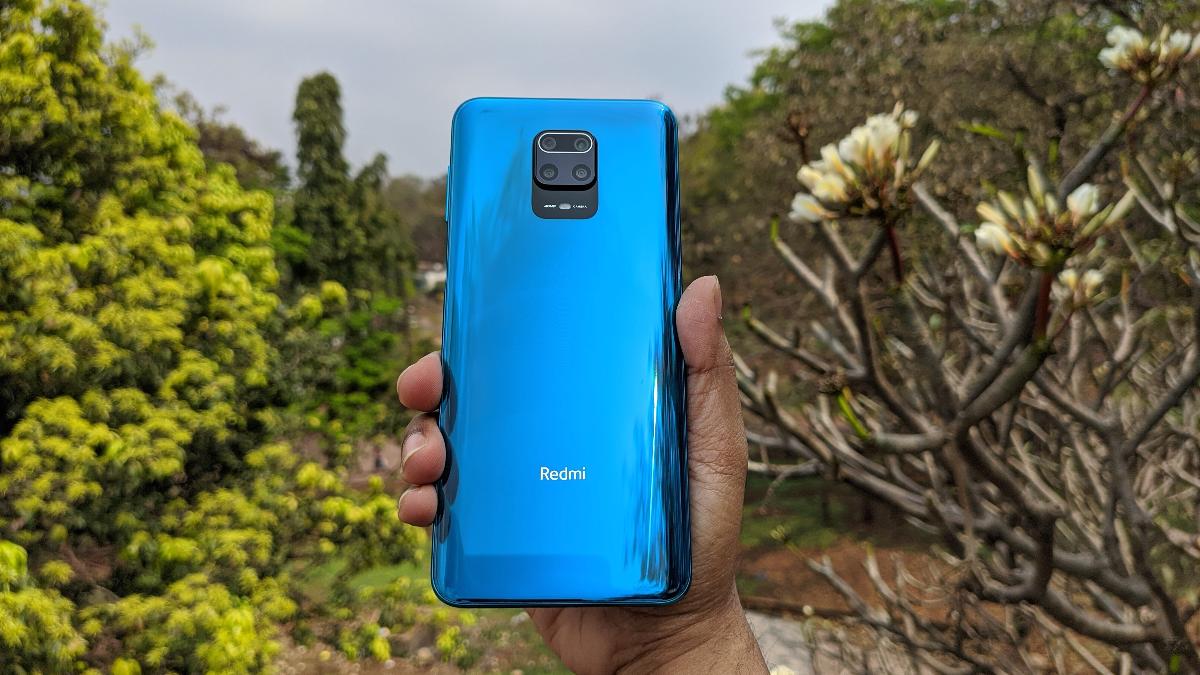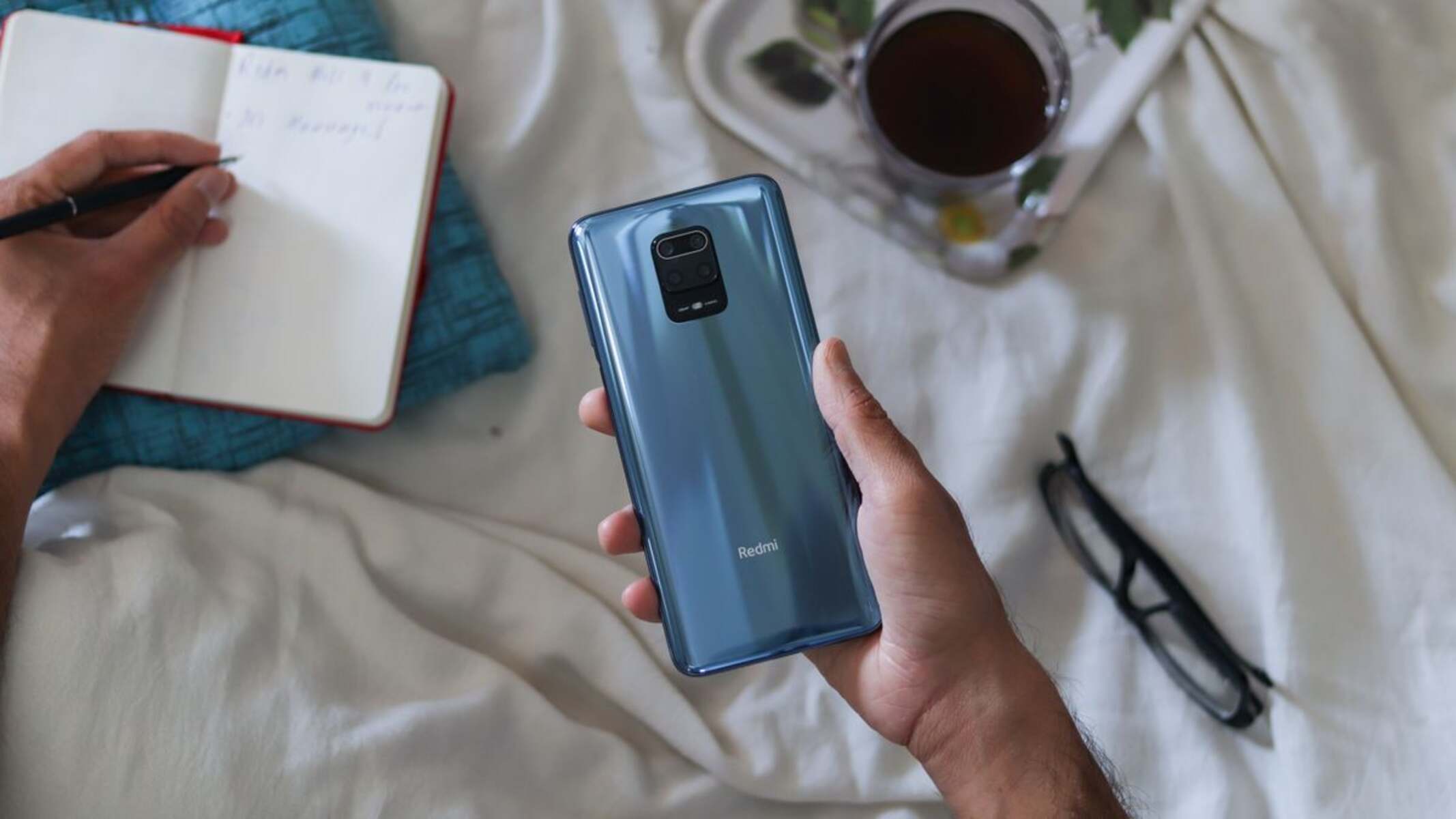Introduction
Rooting your Redmi Note 9 Pro can unlock a world of possibilities, allowing you to customize your device, install specialized apps, and optimize performance. However, it's essential to approach this process with caution, as rooting involves modifying the device's operating system, which can void the warranty and potentially lead to security risks if not done correctly.
In this comprehensive guide, we will walk you through the step-by-step process of rooting your Redmi Note 9 Pro. Before we dive into the technical aspects, it's important to understand the implications of rooting. By gaining root access, you will have the ability to access and modify system files, which can enhance the device's functionality and grant you greater control over its features.
It's crucial to note that rooting your device requires a deep understanding of the technical aspects involved. While the benefits of rooting can be substantial, it's equally important to weigh the potential drawbacks, such as the risk of bricking your device if the process is not executed properly.
With this in mind, we will provide clear and detailed instructions to help you navigate the rooting process with confidence. By following these steps carefully, you can unlock the full potential of your Redmi Note 9 Pro while minimizing the associated risks.
Now, let's embark on this journey to unleash the true power of your device by unlocking its root access. Are you ready to take control of your Redmi Note 9 Pro and explore the endless customization options that await? Let's dive into the first step: unlocking the bootloader.
Step 1: Unlocking the Bootloader
Unlocking the bootloader is the initial step in the process of rooting your Redmi Note 9 Pro. The bootloader serves as a security feature that prevents unauthorized system modifications. By unlocking it, you gain the ability to install custom firmware and make advanced system-level changes. However, it's important to note that unlocking the bootloader will wipe all data on your device, so it's crucial to back up any important files before proceeding.
Preparing Your Device
Before initiating the bootloader unlocking process, ensure that your Redmi Note 9 Pro is fully charged to avoid any interruptions during the procedure. Additionally, make sure to enable USB debugging and OEM unlocking in the device's developer options. To access the developer options, navigate to Settings > About Phone, and tap the MIUI version several times until you see a message confirming that developer options are enabled.
Obtaining Unlock Permission
Xiaomi, the manufacturer of the Redmi Note 9 Pro, requires users to obtain official permission to unlock the bootloader. This process involves creating a Mi account and submitting a request through the official Xiaomi website. Once the request is approved, you will receive a unique authorization code that is essential for unlocking the bootloader.
Unlocking the Bootloader
With the authorization code in hand, you can proceed to unlock the bootloader of your Redmi Note 9 Pro. Connect your device to a computer using a USB cable and boot it into fastboot mode by holding the power and volume down buttons simultaneously. Once in fastboot mode, launch the Mi Unlock Tool on your computer and sign in with your Mi account. Follow the on-screen instructions to initiate the bootloader unlocking process, entering the authorization code when prompted.
Verifying the Unlock Status
After completing the bootloader unlocking process, your Redmi Note 9 Pro will reboot, and the bootloader will be successfully unlocked. To verify the status, reboot the device into fastboot mode and enter the command "fastboot oem device-info" in the command prompt on your computer. If the bootloader is unlocked, the device info will display "true" for the unlocked status.
By successfully unlocking the bootloader of your Redmi Note 9 Pro, you have laid the groundwork for the subsequent steps in the rooting process. With this critical milestone achieved, you are now ready to proceed to the next phase: installing TWRP recovery.
Now that the bootloader is unlocked, let's move on to the next step: installing TWRP recovery.
Step 2: Installing TWRP Recovery
Installing TWRP (Team Win Recovery Project) recovery is a crucial step in the process of rooting your Redmi Note 9 Pro. TWRP is a custom recovery that offers a range of advanced functionalities, including the ability to flash custom ROMs, create and restore backups, and perform system-level modifications. By installing TWRP recovery, you gain a powerful tool that facilitates the rooting process and opens up new possibilities for customizing and optimizing your device.
Preparing for TWRP Installation
Before proceeding with the installation of TWRP recovery, it's essential to ensure that your Redmi Note 9 Pro meets the necessary prerequisites. First, make sure that the bootloader of your device is successfully unlocked, as TWRP cannot be installed on a locked bootloader. Additionally, ensure that your device is sufficiently charged to avoid any interruptions during the installation process.
Downloading the TWRP Image
The next step involves obtaining the TWRP image file that is compatible with your Redmi Note 9 Pro. Visit the official TWRP website or a trusted third-party source to download the TWRP image file corresponding to your device model. It's crucial to verify the compatibility of the TWRP image with your specific device variant to avoid any potential issues during the installation process.
Enabling USB Debugging and OEM Unlocking
To facilitate the installation of TWRP recovery, it's important to enable USB debugging and OEM unlocking in the developer options of your Redmi Note 9 Pro. Navigate to Settings > About Phone and tap the MIUI version several times to unlock the developer options. Then, enable USB debugging and OEM unlocking to allow for the seamless interaction between your device and the computer during the installation process.
Installing TWRP Recovery
Once the necessary preparations are in place, you can proceed to install TWRP recovery on your Redmi Note 9 Pro. Connect your device to the computer using a USB cable and boot it into fastboot mode by holding the power and volume down buttons simultaneously. From the computer, navigate to the directory where the TWRP image file is located and open a command prompt or terminal window.
Next, enter the command to flash the TWRP image onto your device. The specific command may vary based on the file name of the TWRP image and the directory in which it is located. Once the flashing process is complete, reboot your device into recovery mode to verify the successful installation of TWRP recovery.
Verifying TWRP Installation
To confirm that TWRP recovery has been successfully installed on your Redmi Note 9 Pro, boot your device into recovery mode by holding the power and volume up buttons simultaneously. If TWRP recovery is displayed, it indicates that the installation was successful, and you are now ready to proceed to the next step: rooting your Redmi Note 9 Pro.
By successfully installing TWRP recovery on your device, you have unlocked a gateway to advanced customization and optimization options. With TWRP in place, you are now prepared to embark on the final phase of the rooting process: gaining root access on your Redmi Note 9 Pro.
Step 3: Rooting the Redmi Note 9 Pro
Rooting the Redmi Note 9 Pro is the final and most critical step in the process of unlocking the full potential of your device. By gaining root access, you will have the ability to delve into the deepest layers of the device's operating system, allowing for advanced customization, performance optimization, and the installation of powerful root-specific apps. However, it's important to approach the rooting process with caution and follow the steps meticulously to ensure a successful outcome.
Preparing for Rooting
Before initiating the rooting process, it's essential to ensure that your Redmi Note 9 Pro is charged adequately and that all important data has been backed up to prevent any potential loss. Additionally, make sure that TWRP recovery has been successfully installed on your device, as it serves as the gateway for rooting and enables the installation of the necessary files to gain root access.
Downloading the Root Package
The next step involves obtaining the appropriate root package for your Redmi Note 9 Pro. It's crucial to select a reputable source for the root package to ensure its compatibility and reliability. Various root packages, such as Magisk, offer a seamless and user-friendly approach to gaining root access while maintaining the integrity of the device's system.
Flashing the Root Package
With the root package downloaded, connect your Redmi Note 9 Pro to the computer using a USB cable and transfer the root package to the device's internal storage. Boot your device into TWRP recovery mode by holding the power and volume up buttons simultaneously. From the TWRP interface, navigate to the "Install" option and select the root package file that was transferred to your device.
Next, swipe to confirm the flash, initiating the installation of the root package. Once the installation process is complete, reboot your device to allow the changes to take effect. Upon rebooting, your Redmi Note 9 Pro will have gained root access, granting you the ability to explore a myriad of customization options and powerful root-specific apps.
Verifying Root Access
To confirm that your Redmi Note 9 Pro has been successfully rooted, you can utilize root checker apps available on the Google Play Store. These apps provide a simple and effective method to verify the device's root status, ensuring that the rooting process was executed successfully.
By completing the rooting process, you have unlocked the full potential of your Redmi Note 9 Pro, empowering you to customize, optimize, and personalize your device to suit your preferences and needs. With root access, you can explore a world of possibilities, from advanced customization options to powerful system-level modifications, enhancing the overall user experience of your device.
Conclusion
Congratulations! By following this comprehensive guide, you have successfully unlocked the full potential of your Redmi Note 9 Pro through the process of rooting. This journey has equipped you with the knowledge and technical skills to customize, optimize, and personalize your device to suit your unique preferences and needs. As you reflect on the steps you've taken, it's important to recognize the significance of each phase in the rooting process and the implications of gaining root access.
Unlocking the bootloader marked the initial step, laying the foundation for the subsequent stages. By obtaining official permission and unlocking the bootloader, you gained the freedom to make advanced system-level modifications, setting the stage for the installation of TWRP recovery.
Installing TWRP recovery served as a pivotal milestone, providing you with a powerful custom recovery tool that facilitates the rooting process and opens up new possibilities for customizing and optimizing your device. With TWRP in place, you gained the ability to flash custom ROMs, create backups, and perform system-level modifications, setting the stage for the final and most critical step: rooting your Redmi Note 9 Pro.
Rooting your device was the culmination of this transformative journey, granting you root access and unlocking a world of possibilities. By carefully following the steps to flash the root package and verifying root access, you have gained the ability to delve into the deepest layers of your device's operating system, enabling advanced customization, performance optimization, and the installation of powerful root-specific apps.
As you embrace the newfound capabilities of your rooted Redmi Note 9 Pro, it's essential to approach this enhanced control with a sense of responsibility and awareness. Root access empowers you to make profound changes to your device, but it also comes with potential risks if not handled with care. It's important to exercise caution and thoroughly research any modifications or apps you intend to install, ensuring they are compatible and safe for your device.
In conclusion, the journey to root your Redmi Note 9 Pro has not only unlocked its full potential but has also equipped you with valuable insights into the technical aspects of Android devices. As you explore the endless customization options and delve into the world of rooted capabilities, remember to approach each modification with a sense of curiosity and responsibility. Your device is now a canvas for your creativity and preferences, reflecting your unique style and optimizing your user experience. Enjoy the journey of exploration and personalization that rooting has unlocked for your Redmi Note 9 Pro!

























